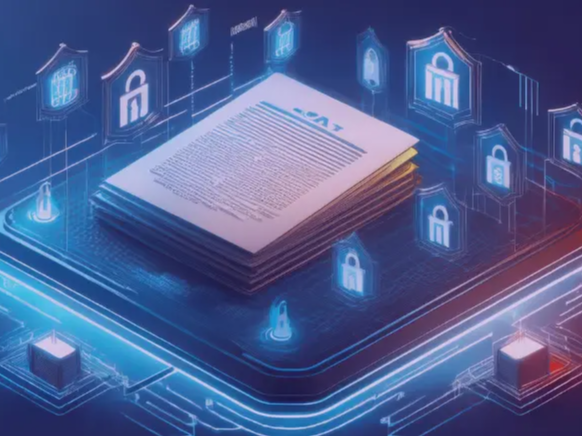Real-Time Engagement (RTE) is a collection of technologies, product architectures, and scenario-based solutions designed to enable real-time, seamless, and authentic communication and interaction between remote parties, replicating the experience of in-person interactions. The rise and development of RTE technology have permeated various aspects of our lives, playing a crucial role in fields such as online education, telemedicine, social entertainment, and more.
How Real-Time Engagement Works
At its core, RTE technology focuses on creating a platform that supports real-time data exchange and communication. It achieves this through three key characteristics: shared context, interactivity, and ubiquity, enabling users to engage in real-time interactions anytime, anywhere, and across various devices. RTE relies on low-latency networks and high-quality audio-video transmission to ensure near-instantaneous information delivery, providing an experience akin to face-to-face communication. Additionally, RTE incorporates multi-dimensional information transfer (text, images, etc.) and intelligent interaction features, such as AI-powered noise reduction and spatial audio, enabled by advanced algorithms and modular system design.
From a technical perspective, RTE involves:
Interface Definition and Method Mapping: Mapping application-layer component interfaces to foundational software services.
Code Generation Rules and Templates: Generating code to route and synchronize data based on port connections and interface references.
Event Triggering and Scheduling: Managing runtime states and event triggers to ensure seamless integration of independently developed software components.
This modular approach enhances system flexibility and scalability, enabling seamless integration of components from different vendors to build modern, intelligent systems.
Key Applications of Real-Time Engagement
Online Education:
RTE enables real-time interactions in virtual classrooms, including remote teaching, live Q&A sessions, and interactive whiteboards. For example, students can engage with teachers via video and collaborate on problem-solving using shared tools.
Telemedicine:
In healthcare, RTE allows doctors to provide remote diagnosis and consultations through video calls, improving access to medical services.
Social Entertainment:
RTE powers social applications like live streaming, online karaoke, and interactive gaming, offering immersive social experiences. A notable example is the rise of Clubhouse, a voice-based social platform.
Enterprise Collaboration:
RTE facilitates remote meetings, collaborative workspaces, and team communication, enhancing productivity and teamwork.
Smart IoT (Internet of Things):
RTE is widely used in IoT applications, such as smart home control and remote monitoring, enabling real-time interaction with connected devices.
Challenges Facing Real-Time Engagement
Sustainable Business Models:
Transforming RTE technology into viable business models is a challenge. Companies must explore differentiated services, value-added features, or data-driven insights to achieve profitability.
Technical Standardization:
As RTE evolves, the industry may face standardization challenges. While standardization ensures interoperability, it could also limit innovation.
Global Market Adaptation:
Expanding RTE globally requires addressing regional regulations, cultural differences, and user preferences, necessitating localization and market research.
Integration with AI:
RTE must integrate more deeply with AI technologies, such as speech recognition, natural language processing, and emotion analysis, to deliver smarter interactions.
Edge Computing Utilization:
To reduce latency and improve efficiency, RTE will increasingly leverage edge computing, requiring optimized data flow and resource deployment at edge nodes.
Cost Challenges of Large Models:
While large AI models enhance capabilities, they also incur significant costs. Balancing performance and cost efficiency is critical, alongside exploring more efficient model architectures.
Optimizing Multimodal Interaction:
In multimodal interactions, factors like audio latency, tone, and emotion significantly impact user experience. RTE must optimize these aspects to deliver natural and seamless interactions.
Development Prospects of Real-Time Engagement
RTE technology is at the forefront of innovation, with a promising future. The integration of generative AI will drive transformative changes across terminals, software, cloud computing, and human-computer interfaces. Key trends include:
Smarter Devices: Enhanced intelligence in end-user devices.
Reimagined Software: Software redefined by large AI models.
Cloud Advancements: Cloud services with robust support for large models.
Natural Interfaces: Transition to conversational and intuitive human-computer interfaces.
The fusion of RTE and AI will unlock new scenarios, making it a central theme in technological advancements over the next decade. Applications in education, healthcare, enterprise services, and more will continue to deepen, improving quality of life and work efficiency. In summary, RTE is not just a technological advancement but a driving force for societal transformation and innovation.








